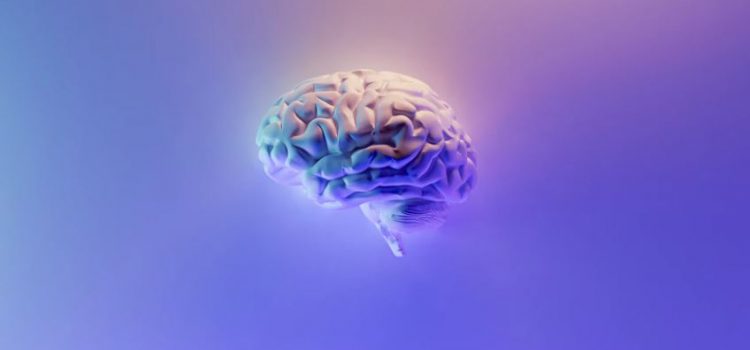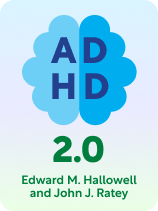

This article is an excerpt from the Shortform book guide to "ADHD 2.0" by John Ratey and Edward Hallowell. Shortform has the world's best summaries and analyses of books you should be reading.
Like this article? Sign up for a free trial here.
What, exactly, is Attention Deficit Hyperactivity Disorder (ADHD)? What term for this condition might be more accurate and less judgmental?
Edward Hallowell—a psychiatrist specializing in ADHD—and John Ratey—a professor of psychiatry—are the authors of ADHD 2.0. They also have ADHD themselves. Their book, published in 2021, explores recent developments in the field of psychiatry to help people understand this condition.
Read more to learn what scientists now understand about the neurology of ADHD.
The Neurology of ADHD
ADHD is a neurological condition that’s estimated to occur in 5% to 10% of the world’s population. Hallowell and Ratey provide insight into the neurology of ADHD, explaining that ADHD results from having a brain that works differently from those of neurotypical people. (Neurotypical means the type of brain that the majority of people have—in other words, having no psychological disorders.)
First, the cerebellum is underdeveloped in people with ADHD. This part of the brain is responsible for things like learning new skills, regulating emotions, and making quick decisions, as well as physical balance and coordination.
The other major difference is a deficiency of certain neurotransmitters: molecules that carry signals to brain cells, muscles, and other parts of the body. The most notable deficiencies in people with ADHD are dopamine (associated with motivation) and norepinephrine (associated with concentration).
(Shortform note: ADHD brains aren’t just structured differently, as described above; they also work differently from neurotypical brains. Some brain scans have shown that people with ADHD experience differences in blood flow to various areas of the brain compared to neurotypical people. Blood flow mirrors brain activity: More blood in a certain area suggests that part of the brain is more active, and vice versa. In other words, people with ADHD use certain parts of their brains more, and other parts less, than their neurotypical peers.)
The authors add that, recently, many people without these neurological differences are showing symptoms that mimic ADHD. They call this VAST: variable attention stimulus trait. VAST occurs because modern society bombards people with constant stimulation and data from smartphones, social media, and the like. We receive too much information, and it comes too fast for the brain to process. ADHD-like traits, such as the inability to focus on the present moment and the compulsive need to check a smartphone every few minutes, are the brain’s attempts to keep up with that deluge of data.
(Shortform note: The authors changed their definition of VAST shortly after this book’s publication. Now, instead of describing VAST as an environmentally-induced condition that mimics ADHD, they argue that VAST should be the new term for ADHD itself. Their reasoning is that ADHD isn’t actually a deficit of attention—it’s a deficit of control over one’s attention. They also disagree with calling ADHD a disorder because it isn’t a purely negative condition. Therefore, they prefer “variable attention stimulus trait” as a more accurate and less judgmental label.)

———End of Preview———
Like what you just read? Read the rest of the world's best book summary and analysis of John Ratey and Edward Hallowell's "ADHD 2.0" at Shortform.
Here's what you'll find in our full ADHD 2.0 summary:
- How people can thrive because of—not in spite of—having ADHD
- The biological causes of ADHD and its most prominent symptoms
- Ways to minimize ADHD's downsides and maximize the benefits






